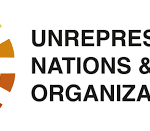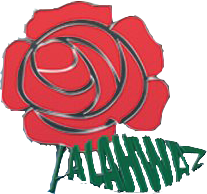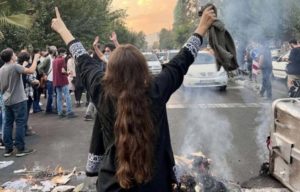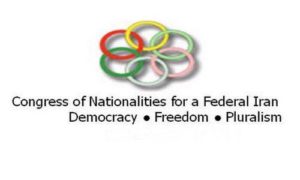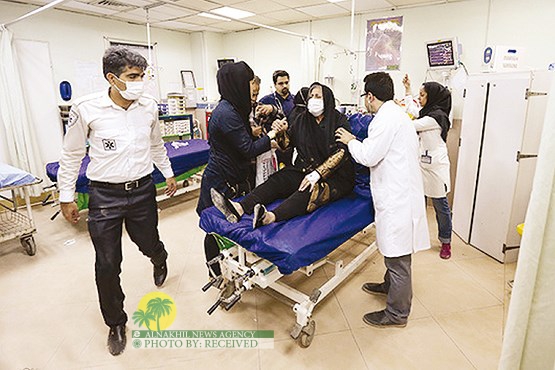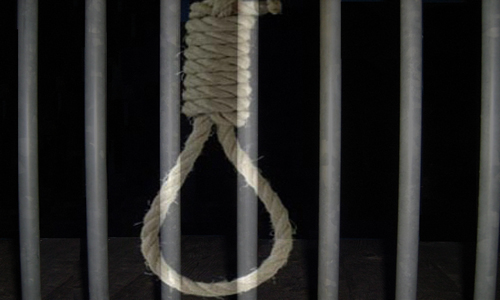Written by Mona Silavi for the Arab Weekly
The Iranian regime’s move to allow women to enter stadiums came with conditions that show its gender segregated system is still in place.
Most aspects of life changed in Iran after the Islamic Republic replaced the Pahlavi dynasty in 1979. Women’s bodies became the main battlefield for ideological wars.
Just two weeks after the success of the Islamic revolution, Iran’s first supreme leader, Ayatollah Ruhollah Khomeini, cancelled the “Family Protection Act” — which made 18 the minimum age for marriage and imposed some restrictions on polygamy — and passed the compulsory veil law.
On the eve of March 8, International Women’s Day, of the same year, Khomeini said all female government employees would have to wear a veil if they want to go to work. His announcement triggered protests in the streets of Iran, and 5,000-8,000 women demonstrated at the University of Tehran.
Unfortunately, no groups supported those women, and Khomeini’s supporters attacked unveiled women in the streets, pushing pins into their foreheads.
Most left-wing activists at the time were only interested in class war. Fearing that a counter-revolution might erupt, they remained silent. Some of them went so far as to brand women’s demands for equality as “imperialist attempts” to undermine the young revolution.
During the reign of the Pahlavi regime, Western lifestyle and clothing were endorsed. Wearing a scarf was not forbidden but it was not tolerated in government institutions. Women were also objectified then but in a different way: sex and women’s bodies were used for profit.
Khomeini’s regime used images of women in the West to justify its compulsory dress code, which included not only the veil but also a full black cover for women in government intuitions. His regime’s reasoning was that women’s bodies are attractive and can distract men as well as cause people to sin.That was the logic that Khomeini used to objectify women.
Supporters of the Islamic Republic in the 1970s came mainly from conservative families. With new gender segregation regulations and a compulsory body cover in place, these families allowed their female members to participate in public life. But that did not mean women’s lives had improved — it simply meant that women who grew up conservatively were more empowered than other women.
Women with conservative views became members of parliament. Ironically, a female lawmaker Fatemeh Alia, said in 2014: “Women’s duty is to have and raise children; and take care of their husbands and not to watch volleyball.”
Her statement was in response to news of police using force to prohibit women from entering a stadium to watch a volleyball match between Iran and Italy. These women were not only forced to cover up but were denied entering a sports stadium to watch “men playing sports.” Thus women were denied access to public space.
Iran only began allowing women to enter sport stadiums last October after threats from football governing body FIFA over Tehran’s discretionary measures. It took the death of Sahar Khodayari (nicknamed Blue Girl), who set herself on fire in to protest against the ban, to spark international recognition of Iranian women’s plight.
However, the Iranian regime’s move to allow women to enter stadiums came with conditions that show its gender segregated system is still in place: seats, parking spaces, and entrances/exits were all segregated.
The regime uses the excuse that the public’s “culture” is not yet ready to accept women in stadiums. Using the word “culture” in this ambiguous way is a dangerous way to justify gender discrimination.
Unfortunately, these kinds of “cultural” excuses find support from some self-proclaimed “feminists” in academia. Some of them disregard the fact that families or political systems that force women to wear the hijab are a clear expression of patriarchy. They praise the “success” that women achieved in Iran in order to mask the fact that women are still fighting to be liberated from the dress code being imposed on them.
However, the Iranian regime has failed in its bid to hide its women. In the anti-government protests that kicked off in November, Iranian women — like their sisters in Lebanon and Iraq — played a big role, despite Tehran’s attempts to censor them.
Iran’s national television showed women being forced to confess they had received training from foreign countries. It was a clear attempt to try and portray women as lacking agency and as agents of foreign agendas.
Mahmoud Mohammadi Araqi, the representative of the supreme leader in the city of Qum, said Iran’s enemies are distracting Muslims with women and wine. This statement reduces women to an object, like wine, that can be used to manipulate men.
For forty years now, Iranian women have been on the forefront of the fight against the system. This uprising has shown that women will remain a part of the social movement. They are an active part of the community and not objects that others can decide whether to cover or uncover.
Iranian women’s campaign for “Optional Hijab” expresses the view that women have the right to self-determination and control over their bodies. Only women can decide whether they want to wear the hijab or not. It is not a decision men can make on their behalf.


